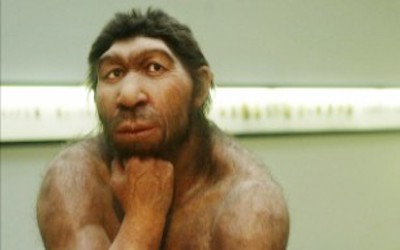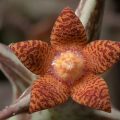随着PTE考生对PTE口语和PTE听力的重视,大家口语和听力的分数得到极大提高,但是PTE阅读渐渐成为
考生们新的难题。墨尔本悉尼文波PTE特别为PTE考生们挑选了适合练习PTE阅读的文章,主题,内容,长度都与PTE阅读题中的文章相似。激活学过的词汇,更新新的词汇,提高阅读速度,全面提升自己的阅读能力。
It may be time to add more branches to the human family tree. Researchers have come up with a estimation tool to determine the traits we have in common with early humans, Neanderthals and Denisovans, and how our histories crossed paths.
In the process of comparing these ancient populations from 50,000 to 70,000 years ago against modern ones, the researchers encountered an intriguing question mark. When looking at the process of admixture, the transfer of genes from one isolated population to another, they realized that ancient human history might be more complex than previously thought.
When applied to the modern populations of Europe and East Asia, the model works reasonably well. But within the modern population of Pacific Islanders living in Melanesia — which includes Fiji, Papua New Guinea, Vanuatu and the Solomon Islands — the model suggests that something is missing in the equation.
“We’re missing a lineage, a branch of this tree that we’ve assumed has four populations on it: two archaic and two modern,” said Ryan Bohlender, a population geneticist and first author on the research. “One possible explanation for why the model doesn’t work is that one of the branches that we’re missing is another archaic population.”
Does this mean there is a third extinct human species primarily contributing to modern DNA? It’s a possibility but not the only option.
“I think it’s important to keep in mind that we’re not specific about what the model doesn’t include, which is the possibility that there was another important modern population,” Bohlender said. “There was a paper a couple of weeks ago that found results that indicated there might have been an earlier migration wave, and that could also effect our results.”
The estimation tool and the researchers’ findings were presented at the American Society of Human Genetics Annual Meeting this month.
Melanesia first became a part of the human ancestor conversation when Neanderthal and Denisovan DNA was sequenced completely for the first time in 2010. Scientists found that the population of Papua New Guinea received the most DNA from Denisovans.
Since the genome data became widely available to researchers, more studies have included Melanesia to further define the link. Using their equation, Bohlender’s team estimates that there is a lower amount of Denisovan DNA within the current population of Melanesians than expected. Initially, research suggested that they could have 3% to 6% Denisovan DNA, with the rest coming from more modern sources. The new model points to 1.1%.
That difference is creating the missing link.
Now, with more questions than answers, Bohlender’s collaborator Alan Rogers, a professor of anthropology at the University of Utah, will work on a tool that allows for more flexible modeling and compares which might solve their equation: an additional modern population or an additional archaic population.
The genome Neanderthal DNA sequencing is creating a giant collaborative effort by scientists to better understand our origins, Bohlender said. Sequencing Neanderthal DNA led to the discovery that they interbred with the ancestors of modern Europeans.
Researchers have only a few bones that even point to the existence of Denisovans, but fossilized DNA that could be sequenced has allowed us to learn more about them. This year, new studies suggested that both Neanderthals and Denisovans interbred with our ancestors.
More studies that look at African populations can further our understanding of who we are and where we came from, Bohlender said. More research could even answer the question of whether there are more early human ancestors waiting to be discovered.
“There is more diversity in Africa than there is anywhere else in the world, and it seems to be very clear at this point that this is where we all came from,” he said. “But it’s hard to work that far back in the past. There is a more considerable amount of work being done right now to sequence more African genomes, but it will take a while for that data to be studied and added to our current understanding.”
墨尔本悉尼文波PTE原创首发
更多精彩请持续关注微信wenbo_tv2。





